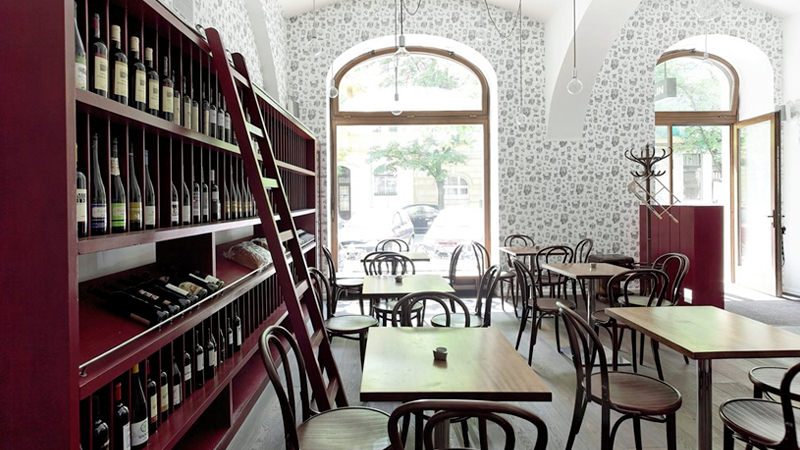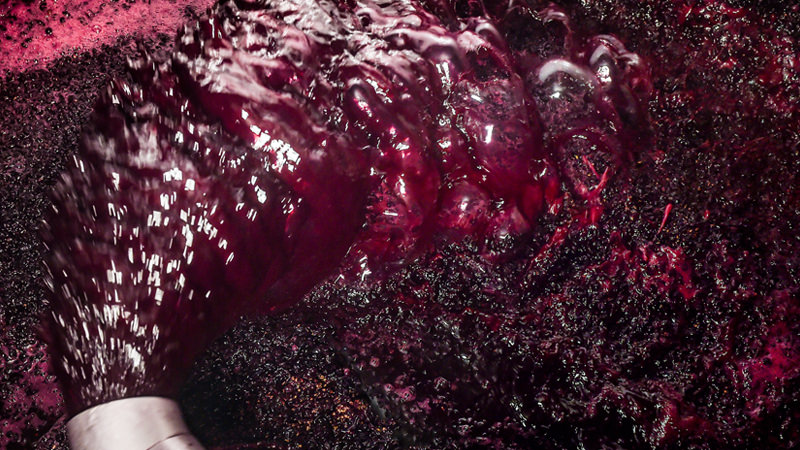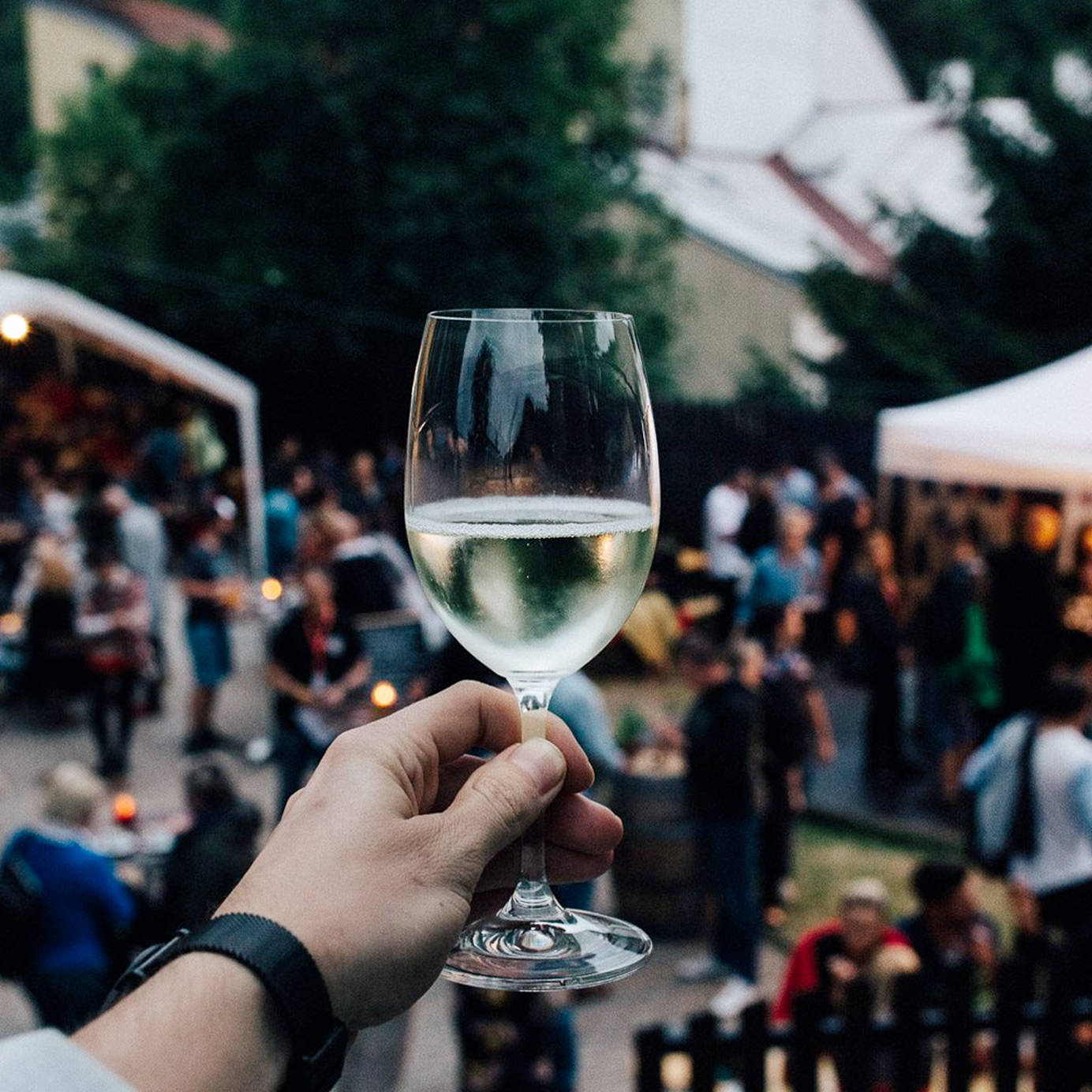The Czech Republic is recognized around the world as a beer-producing powerhouse, home to the original pilsner, and at least two candidates for the contested title of the original Budweiser. (Both are located in the Czech town of Budweis, known as České Budějovice in Czech.)
Czechs also claim the world’s largest per-capita beer consumption, a title the Central European country has famously held for over 23 years. At 142.4 liters per capita, the Czech Republic ranks well above its beer-loving neighbors in Austria (104.7) and Germany (also 104.7).
But most drinkers outside Central Europe aren’t aware that Czech lands are also home to a lengthy wine tradition, most notably in the country’s eastern half, Moravia, where grapes have been grown and fermented since the Roman era. And even those who do know about the Czech Republic’s under-recognized wines probably haven’t heard about the Autentisté group — a coterie of natural winemakers who are quietly leading a local renaissance in charismatic vintages.
Don't Miss A Drop
Get the latest in beer, wine, and cocktail culture sent straight to your inbox.“The best thing is if it is produced by yourself, from your own vineyard, on your own land, and when you grow organic grapes,” says Richard Stávek, a winemaker who co-founded the Autentisté group with two other Moravian winemakers, Bogdan Trojak and Ota Ševčík, in 2008. “And of course, the processing of the grapes and the vinification needs to be as natural as possible.”
Autentisté wine isn’t only about being natural and organic. Those principles are balanced by a strong pride in Central European tradition. The name itself translates to “authenticist,” a philosophical concept that might be familiar to those who studied existentialism in French class. The gist of it is that human beings and institutions generally construct inauthentic selves; we have to radically scrutinize cultural expectations and experiences in order to recover authenticity.
For Autentisté winemakers, that begins with a pronounced emphasis on regional varietals like Zwegeltrebe (a.k.a. Zweigelt), Veltlínské Zelené (Grüner Veltliner), Modrý Portugal (Blauer Portugieser), and Müller-Thurgau. In other words, you’re not going to see an Autentisté-branded Pinotage or Carménère.

The group’s Czech-language manifesto (because Europe) lists a number of other rules, for both the vineyard and the cellar. Chief among them on the growing side? Even if winemakers don’t plan to apply for official organic certification, Autentisté vineyards must follow organic principles, which means no herbicides, no synthetic insecticides, and no synthetic fertilizers. Mandatory low-yield production must be under 50 hectoliters per hectare, or about 535 gallons per acre. Additionally, all grapes must be harvested by hand.
On the oenological side, Autentisté wines may not contain any GMOs and must be naturally fermented with no added yeasts, enzymes, or bacteria, preferably in wood, glass, or ceramic vessels, finishing with maximum levels of sulfur dioxide (SO2) of 100 milligrams per liter in white wine and 80 milligrams per liter in red.
For Mr. Stávek, those principles simply result in a better drink.
“It’s very easy: The reason is to respect the quality of the grapes, to respect the terroir and respect the vintage,” he says. “If you have authentic grapes and natural methods in the wine cellar, then the quality of the wine itself is usually much better.”
The quality of the wine can actually be pretty amazing. Although Czech wines are frequently dismissed by outsiders, Czech vintners occasionally do very well at international competitions, especially with whites, though those wines tend to be rather discreet and understated.
I first encountered the Autentisté approach when I tasted Mr. Trojak’s Bělošpičák, a crisp Veltlínské Zelené that had spent nine months in acacia barrels. In the glass it revealed richly spicy and woody notes, as well as a food-friendly elegance that is usually missing from local Grüner Veltliners. It was a Czech Republic wine, to be sure, but I had the impression that it would have stood out on any table just about anywhere in the world.
At Vinograf wine bar in Prague, sommelier Klára Kollárová especially praises the wines of Ota Ševčík, giving a particular shout-out to his 2016 Frankovka, or Blaufränkisch, a beloved regional varietal that is gaining recognition, especially in red wines from Austria. “It’s very velvety, smooth, and fruit-flavored,” she says. “It’s a Central European wine, so the acidity is more pronounced, but it’s still integrated, thanks to the ripeness of the fruit.”
For Ms. Kollárová, the impact of the Autentisté vintners extends beyond the Autentisté wines themselves, affecting the approach of non-affiliated winemakers. “I’m very glad they are talking about these things, because it has changed the way other winemakers think about producing wine here,” she says. The éminence grise of Czech oenology, she notes — 84-year-old Lubomír Glos of Moravia’s Vinařství Glosovi — recently began putting out his own wines without added sulfur.

If you’re interested in trying Autentisté vino, the best venues in the Czech capital include Bogdan Trojak’s own Veltlin wine bar in the up-and-coming Prague district of Karlín, where you’ll find a variety of Autentisté bottles as well as other interesting wines from around the former Austro-Hungarian Empire. More Autentisté wines can be found at wine bars like Bokovka, or the three locations of Vinograf, which will host many of the events for the upcoming Prague Wine Week January 22-28. Stateside, bottles from several Autentisté vintners, including Richard Stávek, Bogdan Trojak, and Jaroslav Osička, are being imported by natural wine specialists Jenny & François Selections.
That might mean that the Czech Republic’s relatively unknown winemakers will start to gain a higher profile. But for Mr. Stávek, the goal is not recognition.
“What I want is that the wine is drinkable,” he says. “After swallowing a sip, and I mean the very first sip, that you’re just crazy for another one. This is the kind of wine that I like.”
Cover photo credit: Facebook.com/Abokovka
